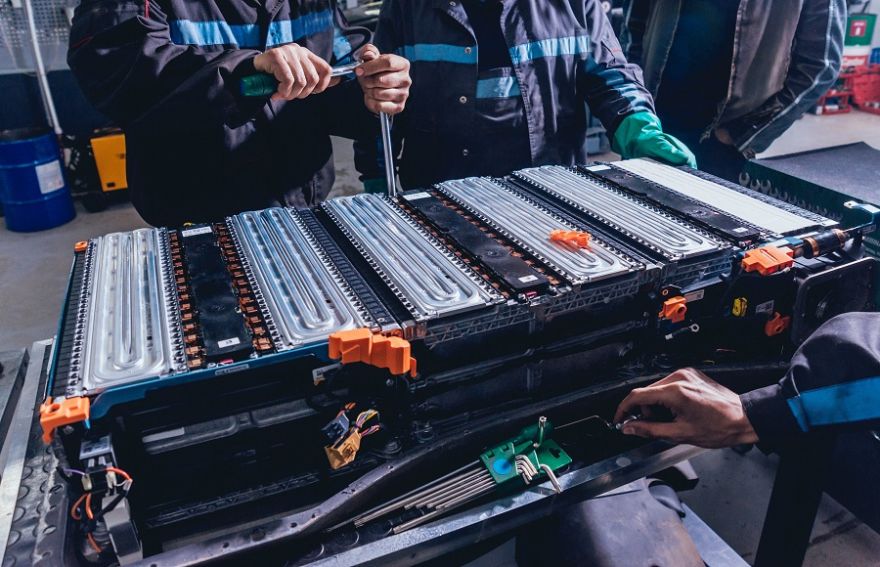
Research carried out by
ESI Automotive (based in Waterbury, Connecticut, in the USA) and customer engineers involving a series of real-world electric vehicle (EV) tests, has demonstrated the efficiency benefits of using ‘silver sintering technology for inverter designs versus a soldered solution’.
As part of its analysis, which focused on power cycling and thermal resistance measurements, ESI Automotive supported its customer by replacing ‘soldered die attach and wire bonding to a fully sintered top and die attach design’.
This enabled the inverter to operate at a higher power and temperature, thereby facilitating ‘miniaturisation’ via the use of a smaller cooling system. More specifically, the new SiC power module resulted in an increase of 84% in power density and an increase in endurance of more than 10 times. A 33.8% reduction in weight was also reported.
Chris Klok, director of vehicle electrification at ESI Automotive, said these results are critical in demonstrating the widespread benefits OEMs can achieve, simply by switching from soldering to silver sintering for some EV designs.
“These latest real-life results are testimony to just how revolutionary silver sintering technology is. Not only can power density and reliability be increased, but silver sintering can also have a positive lightweighting effect, which drives further vehicle efficiency improvements.
“These results are just a snapshot of what can be achieved now, and the direction that cost and operationally efficient EV design is heading in the future. By making the move to current SiC die technology, powertrain engineers benefit from numerous significant performance and reliability gains. This forms the foundation for optimising the traction inverter in the very near future.”